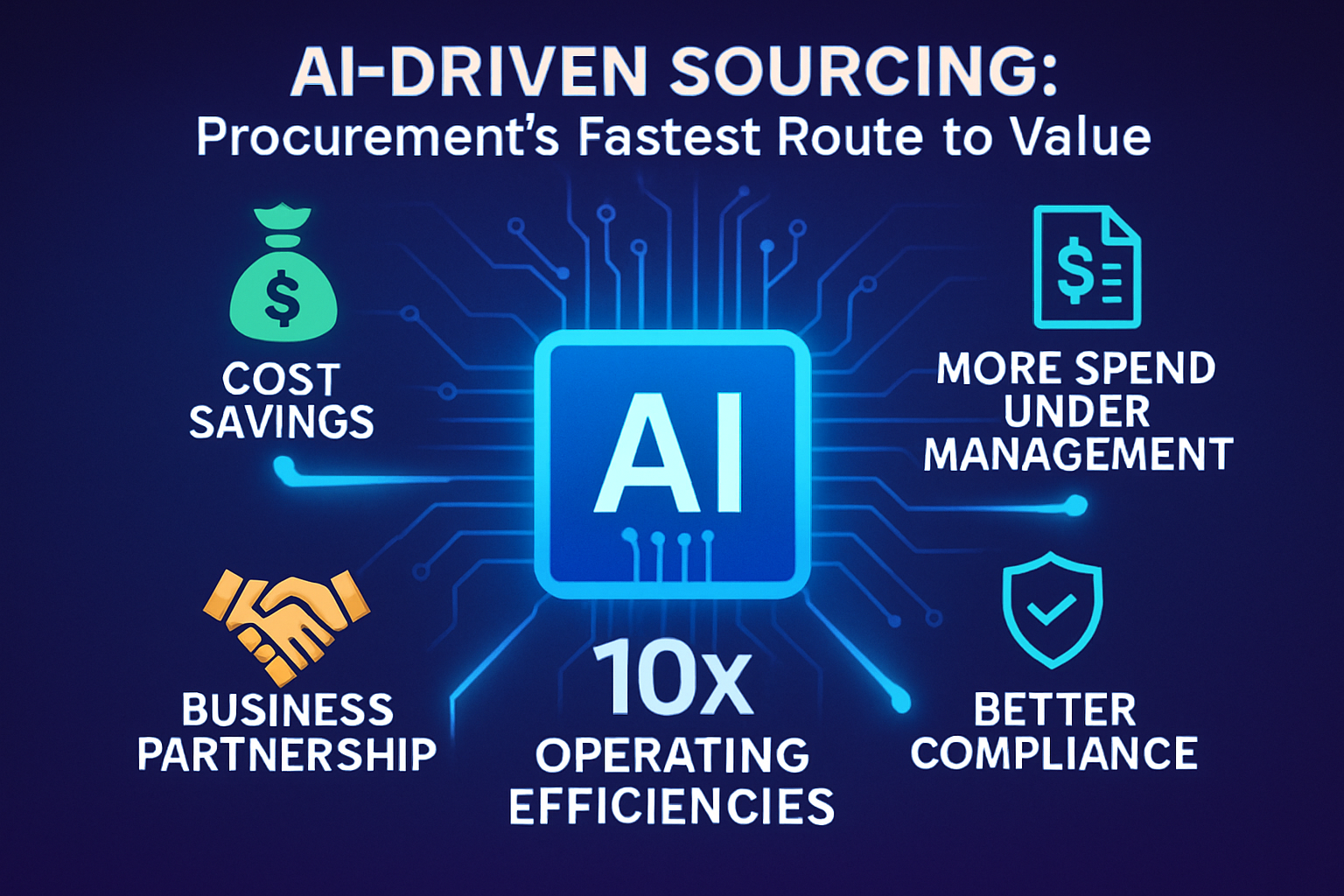Seven Ways Companies Can Improve Supplier Diversity

The second part of our blog on supplier diversity highlights the ways companies can successfully broaden their global provider base for services sourcing. You can read the first part on why it is critical for companies to focus on supplier diversity here.
Most, if not all, businesses understand the benefits of making supplier diversity an enterprise-wide priority. A conscious effort to improve diversity in a company’s value chain, including services and goods, will not only create a more robust supplier base but will help strengthen the economy and fuel economic growth. But if achieving supplier diversity was easy, every company with ambitious diversity and inclusion (D&I) goals would have done so by now. Putting these good intentions into practice can be the challenging part. So, here are seven ways companies can implement a successful supplier diversity program.
1. Set concrete and measurable goals
The first step for an organization is to define what the supplier diversity program is designed to achieve. It is essential to recognize which underrepresented groups a company is hoping to target and identify the desired outcomes. This could be working with more female-owned businesses, minority-owned businesses, or LGBTQ-owned businesses. Or a company might want to consider more diverse suppliers in each request for proposal (RFP), funnel a certain percentage of spend to diverse businesses, or have more diverse teams assigned to its matter regardless of whether the supplier is certified as diverse. Supplier diversity goals should also align with and support wider company goals. For example, moving into new markets requires suppliers that reflect those markets. An organization needs to be clear on the goals from the outset to create alignment on what success looks like.
2. Promote supplier diversity efforts internally
The support of company leadership and procurement is instrumental to designing and implementing any major program, including increased supply chain diversity. Engaging key leaders and procurement teams early on to secure their endorsement and marketing the program internally will ensure that everyone involved in sourcing services knows that supplier diversity is a business-wide priority. Similarly, engaging stakeholders and employees throughout the company and promoting the business value of increased supplier diversity will create more buy-in and participation, increasing the odds of the program’s success.
3. Measure progress and create accountability
Once a company has set the goals, the only way to know whether it is getting closer to achieving them is by looking at the data. Using new digital tools enables procurement teams to measure their progress by providing visibility into key metrics such as percentage of sourcing events where diverse suppliers were considered, percentage and gross spend allocated to diverse suppliers, and number of new diverse suppliers that have been engaged since program inception. Measurement of progress does several key things: it creates accountability for procurement partners to hit company-wide goals, gives leadership a picture of the health of the supplier diversity program, and provides the opportunity to evaluate which strategies are working and which may not be.
4. Run more competitive sourcing events
One of the major barriers to increasing supplier diversity is stakeholder inertia. It’s much easier for business users to rely on a small group of existing suppliers than issue an RFP to make the process competitive. Utilizing new technologies to automate the sourcing process is one way to reduce time spent on outdated analog RFPs as well as increasing competition, driving down costs, and increasing the number of diverse suppliers your company has access to. If stakeholders keep awarding work to the same handful of legacy suppliers, there is very little chance of a supplier diversity program achieving its intended goal. It’s important to open up the playing field so new entrants have a chance to compete based on merit and proven experience.
5. Make it easier to onboard new suppliers
Many companies have complex and arcane onboarding procedures for new suppliers, which creates a natural hurdle for stakeholders or procurement when considering working with a provider they’ve not engaged before. Why take an extra six weeks to onboard a new supplier when the entire project you’re looking to source has a target delivery date in eight? While some onboarding procedures are necessary to protect the company from outside risks, procurement leaders should look at their processes and timelines to see whether there are ways to cut the time and paperwork required to onboard a new supplier.
6. Eliminate implicit biases in the selection process
It’s crucial that companies revisit their current provider selection processes and look for weaknesses or areas that may unintentionally be introducing bias. If, for example, the RFP process includes a lengthy questionnaire, larger firms with marketing departments whose sole job is to respond to RFPs have an inherent advantage over small businesses with less staff who likely won’t be able to devote a lot of time away from paying client work. Companies should think about whether the requirements they’re putting on suppliers are actually geared toward something productive or if they stem from outdated legacy processes that could be improved through use of new, AI-driven tools.
7. If the program’s not working, change it
There is no silver bullet when it comes to increasing supplier diversity. Companies may not strike gold on the first try—or even the second or third. Periodic reviews provide opportunities to see what’s working and what isn’t. If the program isn’t delivering the desired results, the end goal is important enough that businesses must keep trying until they land find solutions that work. Aided by the new technologies and platforms available, an organization will eventually land upon the right mix of actions, measurement, and processes that enables it to help build a fairer global economy through a sustainable and impactful supplier diversity program.
***********************
Mili Desai is Director, Legal Sector & Customer Success at Globality.
Watch this introductory video showing how Globality helps companies select the best service suppliers at the right price, while at the same time prioritizing supplier diversity.



